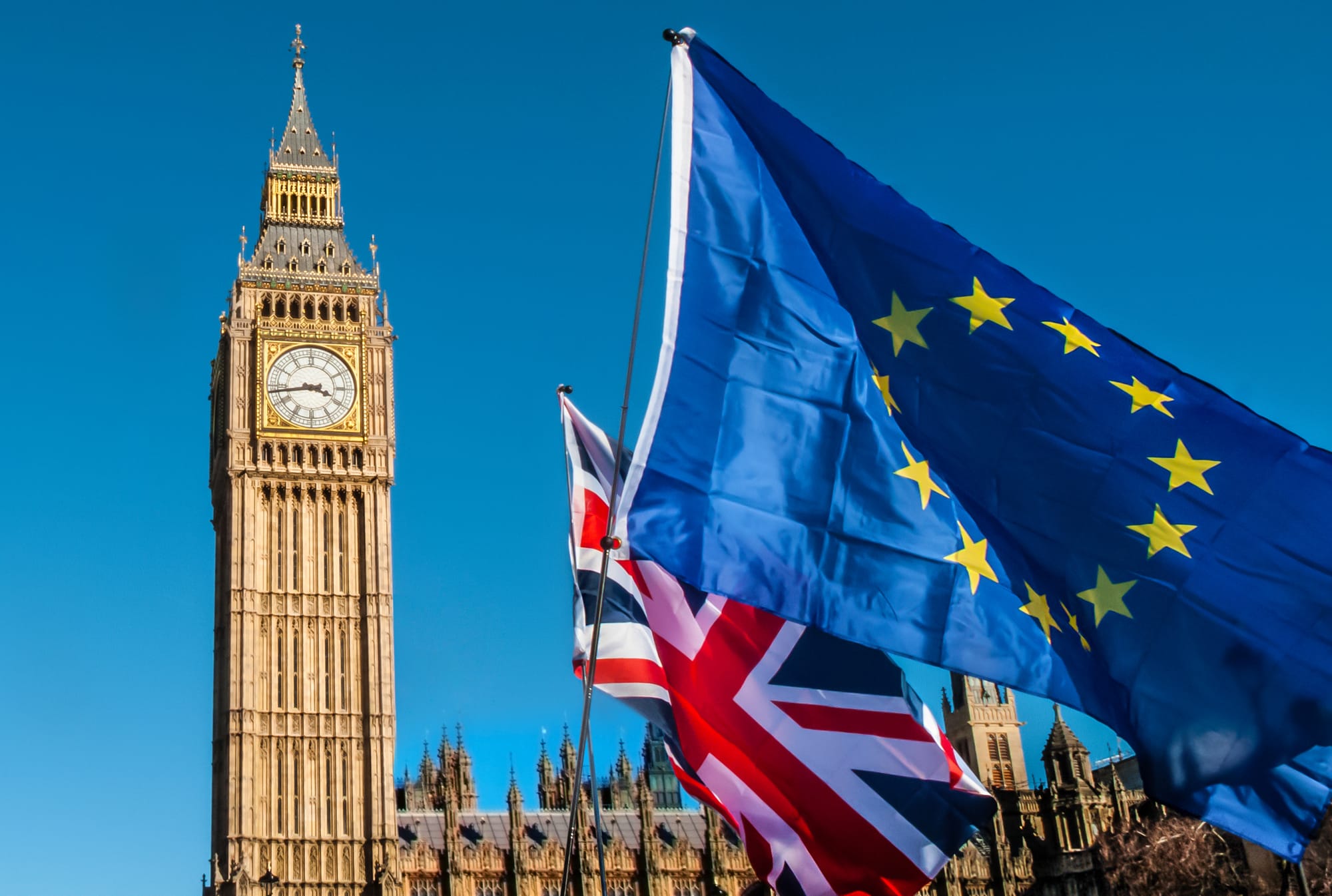UK Returns Home After Brexit: Forging a New Role in European Defence - October 2025

Published October 2025
In September 2025, the United Kingdom marked a decisive return to the centre of European security with a landmark £10 billion agreement to supply Norway with five advanced Type 26 anti-submarine frigates. Far more than an export success, the deal highlights Britain’s renewed role as a cornerstone of continental defence, demonstrating how it can exert influence and leadership outside the EU while strengthening NATO and bilateral ties.
The backdrop is a Europe facing heightened Russian hybrid and conventional aggression, including drone incursions, sabotage of undersea cables, and airspace provocations. Simultaneously, U.S. strategic focus on the Indo-Pacific has raised doubts about transatlantic reliability, pushing European states to increase self-reliance. This culminated in the 2025 NATO Summit in The Hague, where allies committed to raise defence spending to 5% of GDP by 2035 — a dramatic shift from the long-standing 2% benchmark.
For the UK, this marks a transition from the Brexit years of perceived detachment and a “Global Britain” narrative back to a central role in Europe’s security. Britain has expanded deployments in Poland and the Baltics, deepened cooperation with the Nordics, and demonstrated its industrial weight through BAE Systems and shipbuilding renewal. The Norway frigate deal ensures interoperability, secures thousands of UK jobs, and signals that Britain remains indispensable to NATO’s northern flank.
The report emphasises that Europe’s new defence posture rests on its industrial backbone. Companies such as BAE Systems, Sweden’s Saab, and Finland’s Patria are not just suppliers but strategic assets underpinning sovereignty, resilience, and alliance cohesion. Integration across industries — from shipbuilding to fighter aircraft and armoured vehicles — is increasingly central to NATO’s strategy, turning defence production into a pillar of national economies.
This industrial and strategic shift is reinforced by a pragmatic bloc of leaders. UK Prime Minister Keir Starmer has recalibrated Britain’s post-Brexit strategy around practical defence partnerships, while Emmanuel Macron continues to advocate for European autonomy within NATO. Germany’s new Chancellor, Friedrich Merz, has committed a €500 billion defence investment fund, placing Berlin at the industrial core of Europe’s military modernisation. Leaders from Finland, Poland, Denmark, and the EU institutions are similarly aligning resources and strategy to build a coherent European shield.
At the operational level, the UK, France, Germany, and the Nordics are consolidating a capability-driven coalition, from forward air policing missions and undersea security to cyber and space resilience. Frameworks such as the UK-led Joint Expeditionary Force illustrate how Europe is building rapid-response structures that remain NATO-compatible while reducing dependency on U.S. reinforcements.
The report concludes that Britain’s re-engagement signals more than a symbolic return — it represents a structural shift. With Europe investing at unprecedented levels, consolidating industrial sovereignty, and forging pragmatic coalitions, the continent is emerging as a credible defence actor in its own right. Within this transformation, the UK has re-established itself as a European defence linchpin: not through EU membership, but through strategic leadership, industrial strength, and operational commitment.
Read the full report below.


